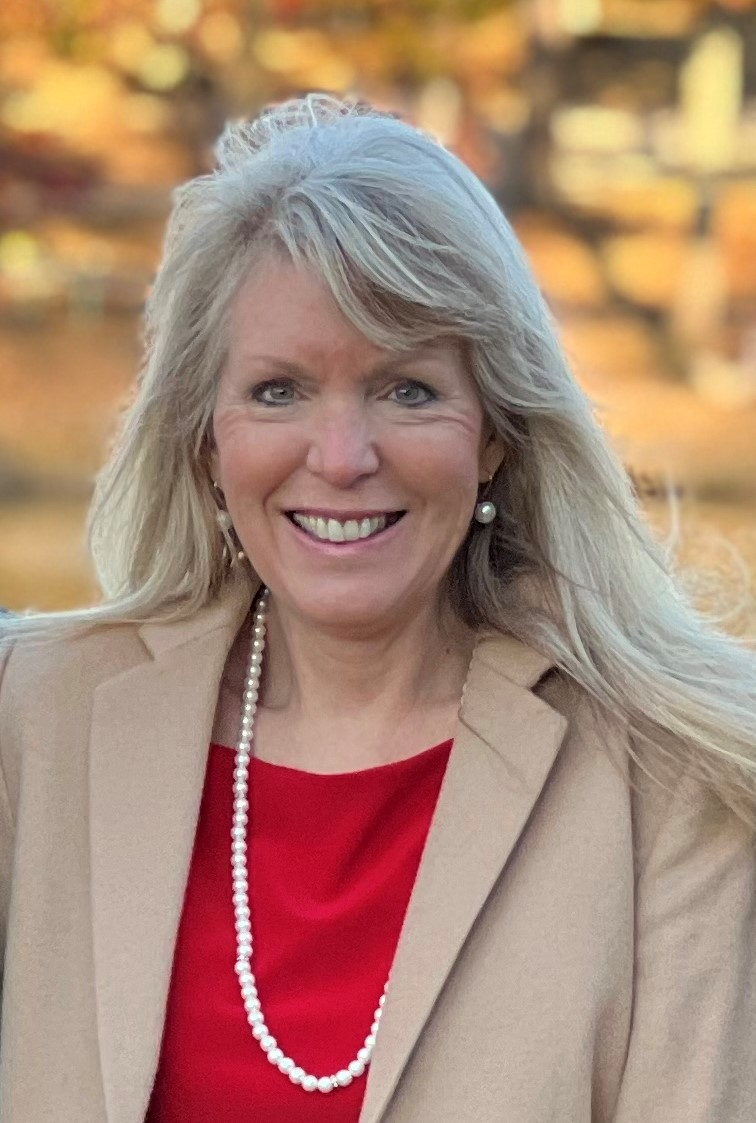讲座题目:Improving drinking water safety: Addressing new impacts and identifying important toxicity drivers
主 讲 人:Susan D. Richardson 教授
主 持 人:关小红 教授
开始时间:11月14日 9:00
讲座地址:zoom会议ID:875 9004 1385(密码:224258)
主办单位:凤凰彩票 、科技处
报告人简介:
Dr. Susan Richardson is the Arthur Sease Williams Professor of Chemistry at the University of South Carolina, and was formerly at the U.S. EPA for many years. Susan’s main research surrounds the study of toxicologically important disinfection by-products in drinking water. Susan served the last 2 years as President of the American Society for Mass Spectrometry and is Associate Editor for Environmental Science & Technology. She received the American Chemical Society (ACS) Award for Creative Advancements in Environmental Science & Technology (2008), an Honorary Doctorate from Cape Breton University (2006), an AAAS Fellow (2019), an ACS Fellow (2016), the Herty Medal (2020), the Southern Chemist Award (2020), the Walter J. Weber, Jr. AEESP Frontier in Research Award (2021), and the Analytical Scientist Power List (2021 and 2019). Susan has published >200 journal articles and book chapters and writes an invited biennial review for Analytical Chemistry, entitled “Water Analysis: Emerging Contaminants and Current Issues”. She has a Ph.D. in Chemistry from Emory University and a B.S. in Chemistry & Mathematics from Georgia College & State University.

报告内容简介:
While consumers are concerned about pharmaceuticals and per- and polyfluorinated alkyl substances (PFASs) in their drinking water, the largest threat is from disinfection by-products (DBPs), which are an unintended consequence of using chemical disinfectants to make water microbially safe to drink. DBPs are formed by the reaction of disinfectants with naturally occurring organic matter, bromide, and iodide, as well as from anthropogenic pollutants, such as pharmaceuticals. DBPs are present at levels that are orders of magnitude higher than other emerging contaminants, and many have been found to be carcinogenic, genotoxic, mutagenic, cytotoxic, or developmentally toxic. DBPs have also been associated with cancer, miscarriage, and birth defects in human epidemiologic studies. However, until recently, most research focused only on the 11 DBPs regulated by the U.S. EPA, and the complex chemical mixture of DBPs in drinking water was largely unknown. This presentation will cover the state-of-the-science overview of emerging DBPs, including a recent study to identify DBP toxicity drivers in drinking water, a study to assess the impacts of algae on DBP formation, and water reuse. The ultimate goal is to uncover these risks so that new strategies can be applied to improve the safety of drinking water.


